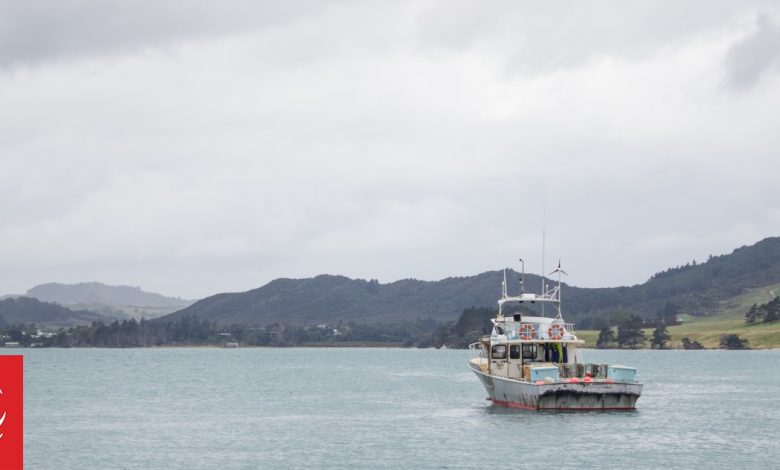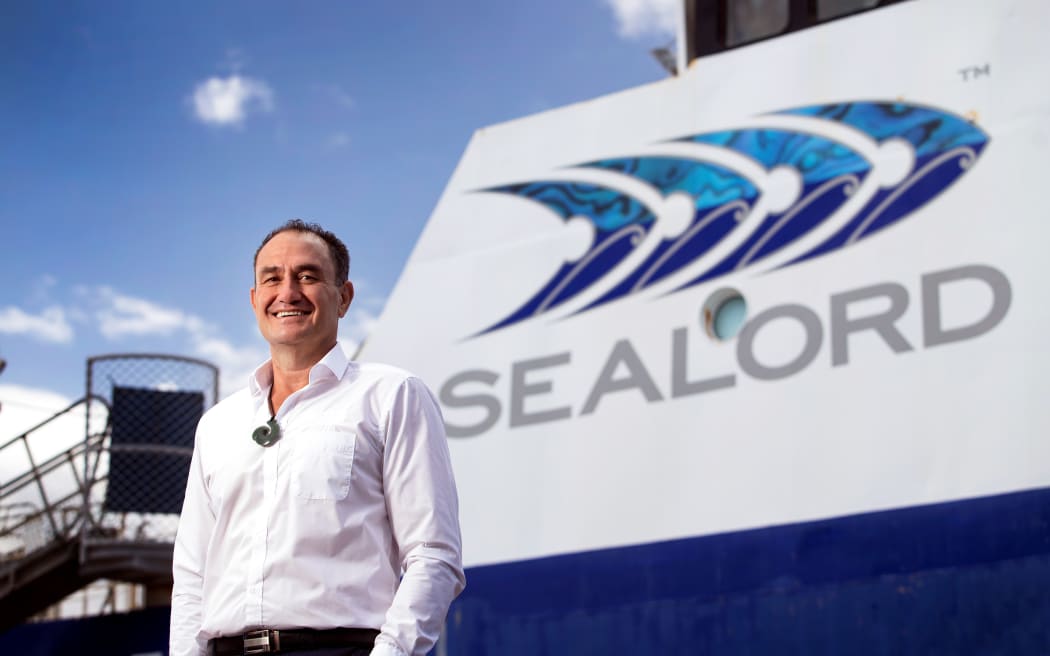Fishers more ‘vigilant’ with reporting after on-boat cameras introduced – industry leads

Leaders in the seafood industry admit fishers are likely being more “vigilant” around reporting bycatch species since the introduction of on-board cameras.
It comes after the release of data by the Ministry for Primary Industries (MPI) showing a dramatic increase of dolphin captures and other fish and seabirds by the commercial fishing industry since the policy came into effect.
The figures dated to 1 April showed dolphin captures had increased seven-fold since the cameras were introduced, compared to the period from 2018 prior to the rollout.
Albatross interactions had more than tripled with the number of fish species reported in the catch increasing by 34 percent.
The volume of fish discards had increased by 46 percent.
A phased implementation of the on-board requirements began last August after the previous government first confirmed details in May 2022.
A total of 127 commercial vessels currently operated some form of camera monitoring.
Seafood New Zealand said fishers may be taking greater care with reporting bycatch species due to cameras on-board.
Chief executive Jeremy Helson said the rises in reporting was not unexpected.
“When you implement significant changes like these, you’ll always expect to see changes in reporting as people get used to a new system, so it’s not unexpected.
“There’s probably be a few factors at play. Obviously there’ll be seasonal fluctuations as this is only part of the year’s data, but mostly it’s probably from people just being much more vigilant now that they’ve got cameras on vessels.
“People are taking a bit more care and they’re reporting and it’s good that we’re getting a more fulsome picture of what’s going on out there and that more accurate information just helps us manage our fisheries even better.”
Helson said the industry was continuing to invest in ways to minimise unwanted catch.
“We’re always investing in ways to reduce unwanted catch, whether that’s protected species or fresh species. So we’ll keep innovating. We’ll keep doing what we can to minimise that unwanted catch because ultimately, freshmen don’t want to catch it. It’s not good for the environment. It’s not good for the economics of the industry.
“We’re very alive to societal concerns about that, so we’ll do our best to to reduce that further.”
He added the industry has had initial conversations with Oceans and Fisheries Minister Shane Jones about a review of the policy rollout.
The minister’s office has been approached for comment.
Seafood giant Sanford said the figures showed more needed to be done around bycatch within the industry.
Acting chief executive Craig Ellison said it was focused on “doing the right thing at sea”.
“What the data released recently does confirm is that we all need to be more vigilant,” he said.
But he did raise concerns around the camera policy on two separate fronts.
“We don’t see full justification for a state surveillance system which compromises our fishing crew’s privacy. We have to remember this is their place of work, and it seems to be singling out a single sector. Who is next?
“Secondly, cost is something that does need to be looked at.”
Sanford recorded its best revenue result in five years last November.
Sealord, who carry out deep water fishing operations, said it does not have cameras abroad their vessels as the policy applies to inshore trawling.
Chief executive Doug Paulin said he welcomed greater transparency within the sector.

“Clearly some fishers are now being more vigilant about their numbers, which is a good thing,” he said.
Sealord questioned the funding model of the policy and said the government needed to fund the cameras.
“We believe the government should acknowledge that this reporting is for the public good and therefore fund the costs,” Paulin said.
“We currently pay for MPI observers on board our vessels, who not only monitor the catch but are also responsible for collecting biological data, taking samples from fish and other scientific work that helps make the fishery more sustainable.
“This type of work cannot be carried out by cameras.”
Fisheries New Zealand deputy director-general Dan Bolger said he too was not surprised by the figures.
“These observations are interesting to us and need to be understood in context.
“We expected there to be an increase of reporting because of the rollout of cameras on commercial fishing vessels. The early observations here are in line with other countries.
“We welcome the information we are receiving through the camera programme.
“Verified fisher reporting and insights from cameras are expected to strengthen the information available to support management of harvested fish stocks and the effects of fishing on the environment.”
Greenpeace said the numbers showed there had been “mass under-reporting” by the industry.
Otago University zoology professor Liz Slooten told Midday Report she felt the monitoring remained poor within some fisheries, despite the introduction of cameras.
“There’s 129 door netting boats in New Zealand that don’t have a camera and the North Island and West Coast have about 4 percent camera coverage, and that’s where the critically endangered maui dolphins live.”
According to the news on Radio New Zealand




